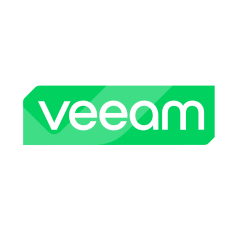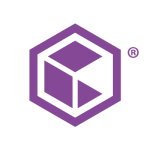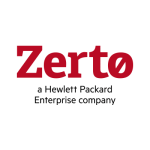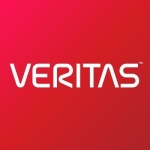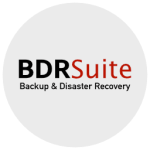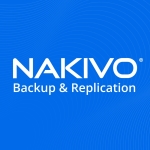What is most valuable?
Seamless Replication/ Switch ON of the VM from Backup/ Faster Response on cancellation of a Job/ Fast Backup and Replication Result time/ Reverse Incremental Backup Provisioning/ SureBackup is the kickass feature. Zero failure on restoration of the backups is the best part and you don’t have to use Surebackup for being assured of the restoration.
What needs improvement?
Licensing cost model/ Faster data transfer rates from SSD Drive Datastores and Faster cancellation of a Job if done, sometimes you need to reboot your veeam server because the job is stuck upon cancelling, this is all I can think of. There were some initial issues with ports communication when used with Microsoft HyperV 2012/2012 R2, but now with this stable release of Veeam software, issues have been eliminated.
For how long have I used the solution?
Veeam Backup and Replication 7.0.0.871, for the past 2-3 years.
What was my experience with deployment of the solution?
Deployment of the software is very very simple and anyone can do it. Just a simple wizard to get started and you need not dedicate a server for this and any computer (physical/virtual) with good resources can handle this job. The install support documents are well elaborated and anyone who can read English and knows basics of computer networking can deploy this software in their Infrastructure.
Buyer's Guide
Veeam Data Platform
March 2025
Learn what your peers think about Veeam Data Platform. Get advice and tips from experienced pros sharing their opinions. Updated: March 2025.
845,589 professionals have used our research since 2012.
What do I think about the stability of the solution?
No, there are no issues with the software. You only face issues if you have less space/ less resources being provisioned for your Veeam Proxy servers.
What do I think about the scalability of the solution?
You can scale the setup to any level, you just need to provision and add more backup repositories or refresh spaces for the existing repositories. The system can be scaled up to multiple hundreds of TBs space and works completely flawless.
How are customer service and support?
Customer Service:
The customer service is good, the response time is also good. Support is provided from Russia and other countries around. The support staff is concerned about the issues of the customer and I will give them 9/10.
Technical Support:
The technical support is good, the response time is also good. For known issues, you will find good support articles available on their KB sites. A lot of people rely on Veeam, so you will find good discussions if you face any issues with the product and it is very easy to figure of the issues. Most of the times you need not contact their support, but even if you do, they are helpful and good.
Which solution did I use previously and why did I switch?
I have used VMware VDP, the earlier version and there were multiple issues with the indexing and backups failed multiple times with random issues. This was not experienced inly by me, but with all other System Administrators as well. VMware support had to be contacted multiple times. They were supportive, but the product was not stable and reliable. VDP Advanced is much stable and I might test the software in next few months.
How was the initial setup?
Initial setup is simple. Just install Veeam software. Add Infrastructure in Backup Infrastructure. If you have a SAN to be backed up, you can add it. Create Veeam Proxy servers, add them to the list. Add Infrastructure to be backed up and create jobs for backup/ replication.
What about the implementation team?
I implemented the solution in-house.
What was our ROI?
Backup software cannot give you ROI. Replication tool has helped so far in migration of the virtual infrastructure across multiple geographical locations, hence proving vital.
Which other solutions did I evaluate?
VMware VDP was evaluated and the product was not stable, unreliable, came with multiple limitations in terms of space and physical/virtual infrastructure size and not fit for scalability. There were issues while restoration.
What other advice do I have?
When used with VMware, have good Backup infrastructure and add Cluster in the backup job and all your VMs will be backed up, even if you have DRS enabled on the Cluster and VMs migrate to different hosts.
Disclosure: I am a real user, and this review is based on my own experience and opinions.

